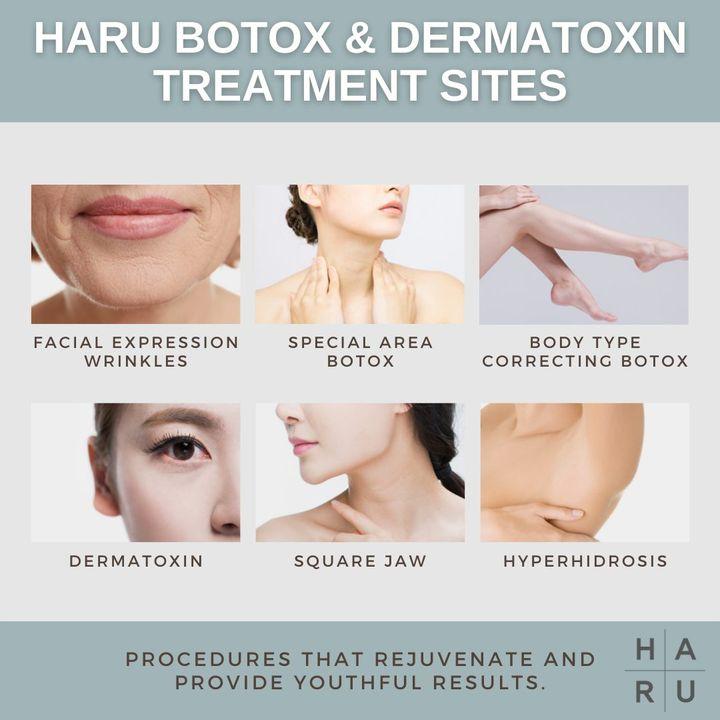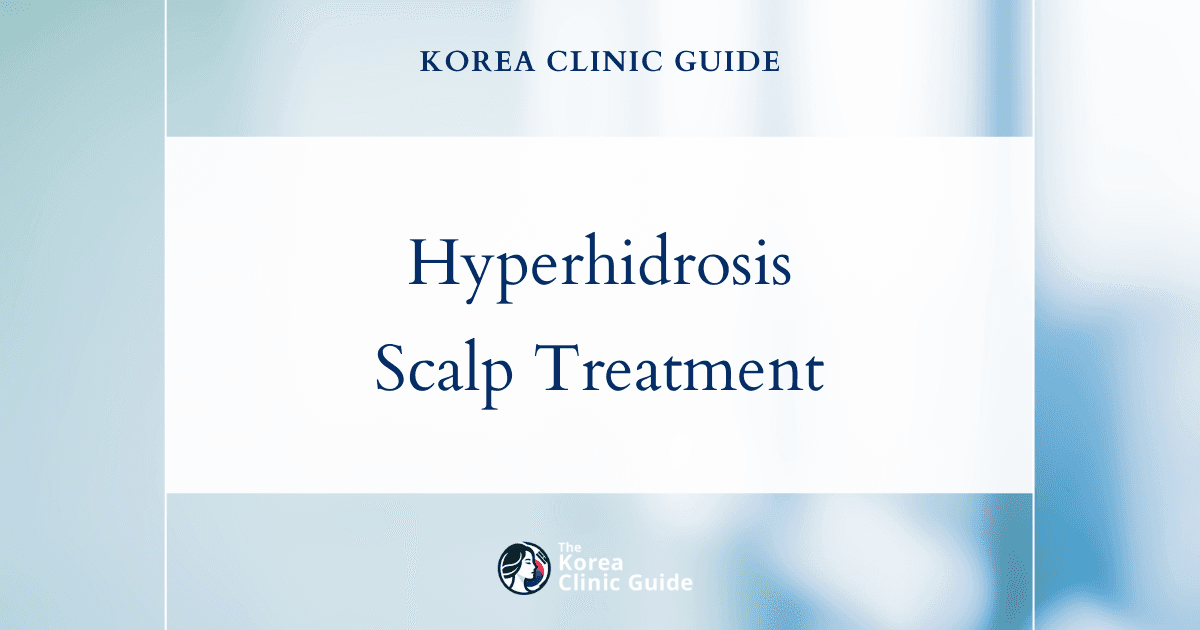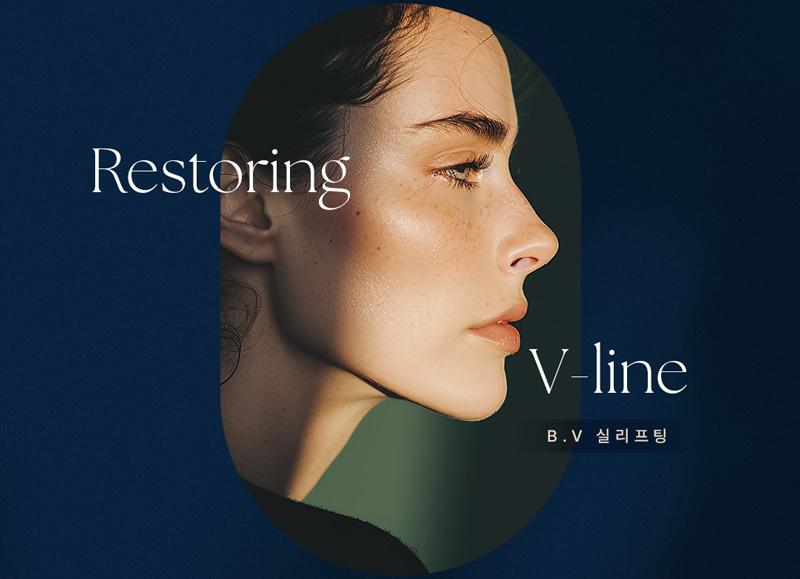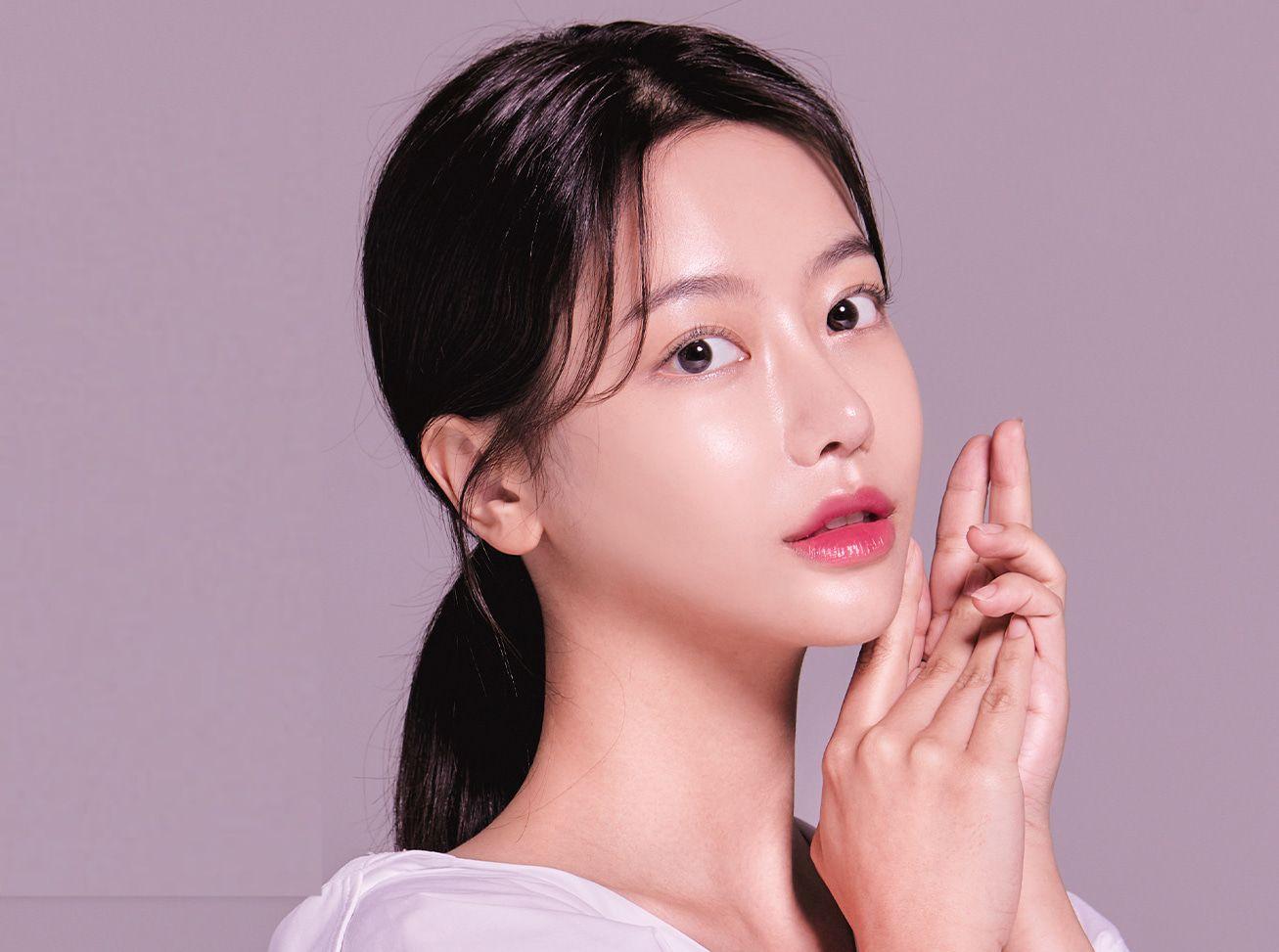Medical Tourism Blog
Chronic Migraine Relief in Korea: Explore Effective Treatment Options and Strategies

Table of contents
- Prevalence of Chronic Migraines
- Korean Traditional Medicine for Migraine Relief
- Best Clinics in Korea
- Innovation in Medical Technology in Korea
- Understanding Chronic Migraines: Causes and Symptoms
- Chronic Migraine Relief in Korea
- Prevention and Management Strategies in Korea
- Migraine Relief Treatments in Korea
Have you ever experienced the debilitating pain of a chronic migraine and found yourself relentless in your search for relief? In Korea, where cutting-edge medical technology intersects with traditional healing techniques, unique approaches are transforming the landscape of migraine management, providing hope for those who haven't found success elsewhere.

Prevalence of Chronic Migraines
According to the Korean Neurological Association, chronic migraines impact approximately 2% of the general population in Korea. Women are affected three times more frequently than men, with the peak incidence occurring in their 30s. These statistics mirror global trends and suggest a need for more effective management strategies for this disabling condition.

Korean Traditional Medicine for Migraine Relief
Aside from the aforementioned treatment options, healthcare practitioners in Korea also recommend Korean traditional medicine for chronic migraine relief. This line of treatment involves a combination of acupuncture, herbal medicine, and a unique therapeutic technique called Chuna.
Acupuncture, a practice that involves inserting fine needles into specific points on the body, has been proven to reduce the frequency and severity of migraine attacks. Herbal medicines, on the other hand, aim to restore balance in the body. Chuna is a manipulation therapy that focuses on balancing the skeletal and nervous system, reducing pain from migraines.
Best Clinics in Korea
Listed below are the best clinics in Korea:
| Clinic Name | Key Features | Special Techniques |
|---|---|---|
| Three Wishes Clinic - Myeongdong | Conveniently located near Myeongdong Station exit 9; exceptional patient satisfaction; commitment to safety and professionalism; comprehensive range of cutting-edge procedures; supports chronic migraine relief | Botox injections for wrinkle reduction and migraine symptom relief; filler injections; fat dissolving procedures; thread lifting |
| ID Hospital - Sinsa | Premier clinic with advanced cosmetic and medical treatments; personalized treatment plans; holistic approach; minimally invasive procedures; experienced medical team; state-of-the-art facilities; patient-centered service | Personalized Botox treatments targeting migraine frequency and severity; advanced injection techniques; combination of aesthetic and medical treatments |
| D.A Plastic Surgery Clinic | Located near Gangnam Station; expert team with facial anatomy and nerve knowledge; personalized treatment plans; safe and comfortable environment; integration of cosmetic and therapeutic techniques; ongoing patient support | Minimally invasive procedures targeting nerve compression and muscle tension; dual benefits of migraine relief and facial rejuvenation |
Three Wishes Clinic - Myeongdong
Three Wishes Clinic, conveniently situated just a minute's walk from Myeongdong Station exit 9 in Seoul, stands out as a premier destination for those seeking advanced aesthetic and medical treatments in Korea. Renowned for its exceptional patient satisfaction and commitment to safety and professionalism, the clinic offers a comprehensive range of cutting-edge procedures. While it is widely recognized for facial and body aesthetics, Three Wishes Clinic also provides specialized treatments that can support chronic migraine relief through innovative approaches tailored to individual needs.
At Three Wishes Clinic, patients benefit from a variety of modern therapies including Botox injections, which not only reduce wrinkles but are also known to alleviate migraine symptoms by relaxing muscle tension. The clinic’s expertise extends to other advanced treatments such as filler injections, fat dissolving procedures, and thread lifting, all performed with precision and care. With a strong emphasis on patient comfort and results, Three Wishes Clinic in Myeongdong is a trusted choice for those seeking effective chronic migraine relief alongside comprehensive aesthetic care in Korea.
You can check out their website here: Three Wishes Clinic - Myeongdong Website
ID Hospital - Sinsa
ID Hospital - Sinsa is a premier clinic in Korea renowned for its comprehensive range of advanced cosmetic and medical treatments, making it an exceptional choice for chronic migraine relief. While primarily known for its expertise in facial contouring and skin rejuvenation, the clinic’s holistic approach to patient care and personalized treatment plans extend to addressing chronic conditions such as migraines. Utilizing cutting-edge technology and minimally invasive procedures, ID Hospital - Sinsa offers tailored solutions that not only enhance appearance but also improve overall well-being, ensuring patients receive effective and lasting relief.
Why ID Hospital - Sinsa is the Best Clinic for Chronic Migraine Relief in Korea:
- Personalized Treatment Plans: ID Hospital provides customized consultations to develop targeted therapies that address the unique causes and symptoms of chronic migraines.
- Advanced Injection Techniques: Expertise in precise Botox treatments, which are clinically proven to reduce migraine frequency and severity by relaxing specific muscle groups.
- Comprehensive Care Approach: Combines aesthetic procedures with medical treatments to improve both physical comfort and confidence, supporting holistic patient health.
- Minimally Invasive Procedures: Offers non-surgical options with minimal downtime, allowing patients to resume daily activities quickly while managing migraine symptoms effectively.
- Experienced Medical Team: Skilled professionals with extensive knowledge in both cosmetic and therapeutic injections ensure safe and effective migraine relief.
- State-of-the-Art Facilities: Equipped with the latest technology to provide innovative treatments such as Botox and other injectable therapies tailored for migraine management.
- Patient-Centered Service: Focus on comfort, safety, and satisfaction, ensuring each patient receives attentive care throughout their treatment journey.
With its blend of advanced medical expertise and personalized care, ID Hospital - Sinsa stands out as a leading destination for those seeking reliable and effective chronic migraine relief in Korea.
Find more about this clinic here: ID Hospital - Sinsa Website
D.A Plastic Surgery Clinic
DA Plastic Surgery Clinic, located conveniently near Gangnam Station, is renowned not only for its advanced cosmetic procedures but also for its specialized approach to chronic migraine relief in Korea. With a highly skilled team of surgeons and dedicated staff, the clinic offers personalized care in a safe and comfortable environment, combining medical expertise with innovative techniques. Their comprehensive understanding of facial anatomy and nerve pathways allows them to provide effective treatments that target migraine triggers, making DA Plastic Surgery Clinic a leading choice for patients seeking lasting relief from chronic migraines.
Why DA Plastic Surgery Clinic is the best choice for chronic migraine relief in Korea:
- Expert team with deep knowledge of facial anatomy and nerve-related migraine causes
- Personalized treatment plans tailored to individual migraine patterns and severity
- Use of advanced, minimally invasive procedures that focus on relieving nerve compression and muscle tension
- Comfortable and safe clinical environment ensuring patient well-being throughout treatment
- Integration of cosmetic and therapeutic techniques for dual benefits of migraine relief and facial rejuvenation
- Convenient location in Gangnam, accessible for both local and international patients
- Commitment to ongoing patient support and follow-up care to maintain long-term migraine relief
Find more about this clinic here: D.A Plastic Surgery Clinic Website
Innovation in Medical Technology in Korea
Korea's advanced medical technology also plays a vital role in managing migraines. Neuromodulation, a relatively new treatment modality, utilizes electrical or magnetic fields to alter nerve activity. Devices for transcranial magnetic stimulation (TMS) and non-invasive vagus nerve stimulation (nVNS) have been approved to treat migraines in adults.
Understanding Chronic Migraines: Causes and Symptoms
Chronic migraines are a severe and disabling neurological disorder, characterized by recurrent headaches that can last for hours or even days. These are not just common headaches; they are long-lasting and severe, making it difficult for the sufferer to perform their daily tasks.
Often, chronic migraines are accompanied by other symptoms such as nausea, vomiting, and heightened sensitivity to light or noise. In some cases, individuals may also experience an aura prior to the migraine attack, which can manifest itself through flashing lights, blind spots, or tingling on one side of the face or in the arm or leg.
The exact cause of chronic migraines is unknown, but several factors can contribute to triggering a migraine attack. These can include hormonal changes in women, changes in sleep patterns, certain foods and drinks, stress, physical exertion, environmental changes, and certain medications.
In addition, there appears to be a genetic predisposition linked to the development of chronic migraines as the condition tends to run in families. However, understanding the exact cause of chronic migraines is still a complex issue that requires further research.
Chronic Migraine Relief in Korea
South Korea, known for its advanced healthcare system, has significant developments in the field of neurology and has introduced innovative treatment methods for chronic migraines. Many clinics and hospitals in Korea offer specialized headache centers that focus on providing comprehensive care tailored to the individual's needs.
One of the popular treatments in Korea is the use of Botox injections to provide relief from chronic migraines. Botox, typically known for its cosmetic purposes, has been remarkably effective in reducing the frequency and severity of migraine attacks. It is administered in small doses directly into the muscles of the forehead, neck, and shoulders where it blocks the chemicals that carry pain signals from your brain to your nerve endings.
Another key treatment option that has shown promising results in Korea is neuromodulation. This involves the use of devices that deliver electrical or magnetic stimulation to the nerves and brain. These devices are non-invasive and are used to modulate neuronal activity, thereby reducing the severity and frequency of migraine attacks.
Prevention and Management Strategies in Korea
Along with advanced treatments, Korea also focuses on preventive and management strategies for chronic migraines. Many Korean clinics provide personalized prevention plans that may include lifestyle changes, stress management techniques, dietary changes, and prescribed preventive medications. Regular follow-ups are also an integral part of the treatment to monitor the progress and to adjust the treatment plan as needed.
Education is an integral aspect of prevention and management. Korean healthcare providers stress the importance of educating patients about the triggers and symptoms of migraines, as a better understanding of the condition can lead to better self-management and improved quality of life.
While South Korea's approach to treating chronic migraines is impressive, it emphasizes the importance of seeking professional medical advice. Chronic migraines are a debilitating condition, but with the right treatment and preventative measures, patients can gain control over their symptoms and significantly improve their daily life.
Migraine Relief Treatments in Korea
The quest for chronic migraine relief has led millions of sufferers around the world to explore a multitude of remedies, with varying degrees of success. Korea is one country where remarkable advances have been made in the field of migraine treatment. Korean medicine approaches the condition with a blend of modern science and traditional techniques, resulting in unique strategies to manage and even prevent migraines. If you're struggling with chronic migraines, you may find some of these Korean-based treatments intriguing.
Traditional Korean Medicine
Traditional Korean medicine, known as Hanbang, plays a significant role in treating migraines. Hanbang employs natural remedies and methods to balance the body's energy and enhance overall health. Several traditional treatments have been recognized for their effectiveness in mitigating migraines.
Acupuncture
Acupuncture is a recognized treatment for various conditions, including migraines. It involves the insertion of thin needles into specific points on the body believed to align with energy meridians. According to a meta-analysis published in the Cochrane Database of Systematic Reviews, acupuncture can reduce the frequency of migraines in chronic sufferers.
Herbal Medicines
Herbal medicines are another pillar of traditional Korean medicine for migraine relief. Herbal formulas help to restore the body's balance and reduce the frequency and intensity of migraines. Gyejigachulbutang and Chungpyesagan are two commonly prescribed remedies for migraines.
Modern Korean Medicine
In addition to traditional methods, Korea has adopted a range of modern medical techniques in the treatment of migraines.
Botox Injections
Botox injections have been approved for chronic migraines by the Korean Food and Drug Administration (KFDA). Multiple clinical trials have established the efficacy of Botox in reducing the frequency and severity of migraines.
Occipital Nerve Stimulation
The occipital nerve stimulation is a relatively new method to treat chronic migraines. This invasive method involves a small device inserted under the skin, around the occipital nerves region. The device sends electric pulses to block pain signals from reaching the brain.
| Procedure Price | Korean Won (₩) | USD ($) |
|---|---|---|
| Low Price | ₩100,000 | $100 |
| High Price | ₩750,000 | $500 |
Exchange rate as of 2025-05-22: 1 KRW = 0.0007 USD
Please note that these prices are approximate guidelines and can vary significantly based on the clinic and your individual circumstances.
Prescription Medications
Like in other parts of the world, several prescription medications are proven effective for managing migraines. Triptans and anti-CGRP antibodies, among others, are popular prescription drugs in Korea for providing migraine relief.
While effective in many cases, these treatments aren't a one-size-fits-all magic bullet. With medical advice and patience, finding the right migraine relief strategy is possible in Korea. Once the appropriate treatment is identified, it can significantly improve the quality of life of chronic migraine sufferers.















